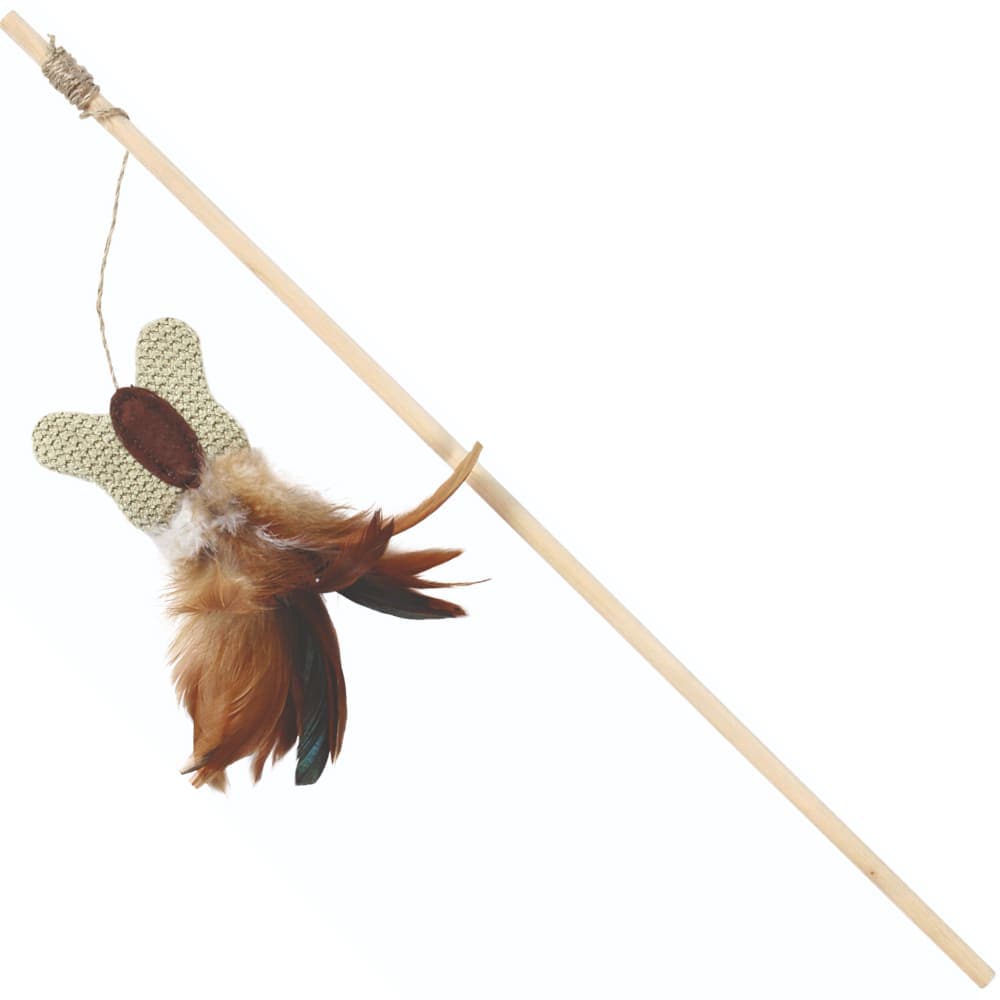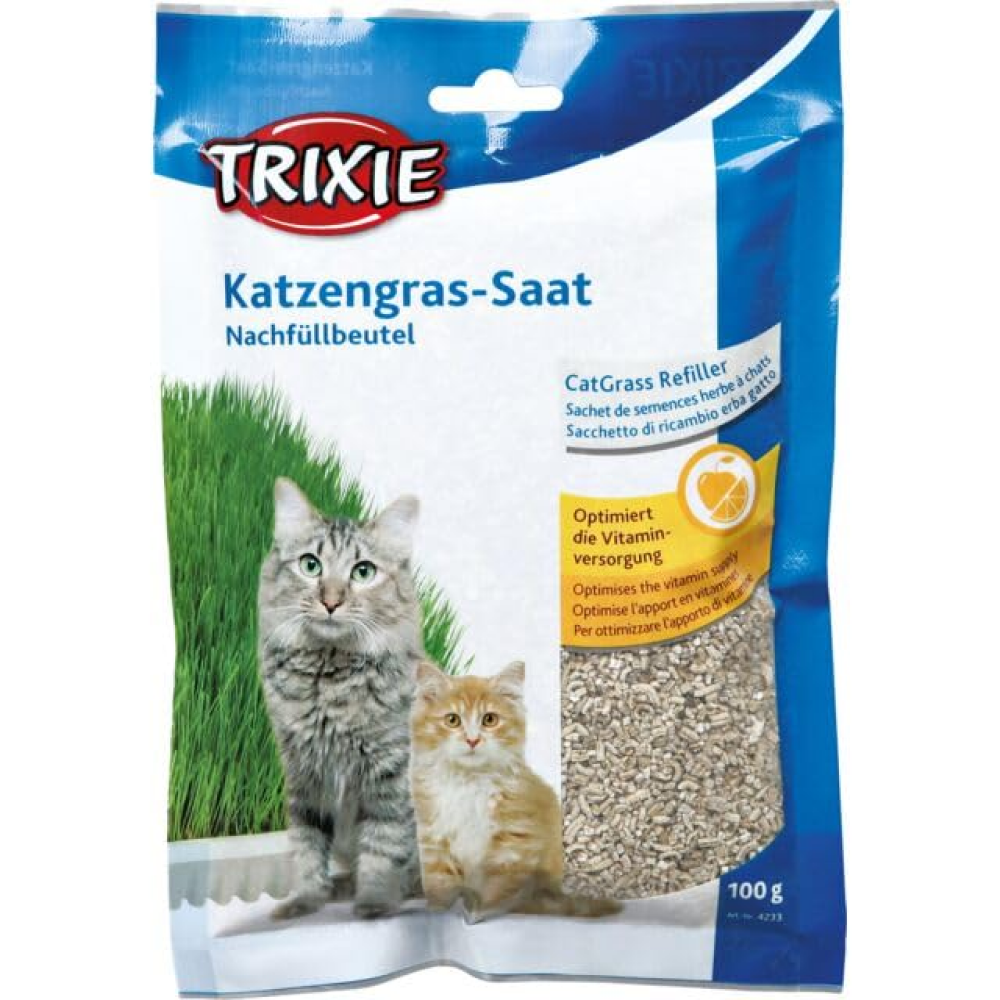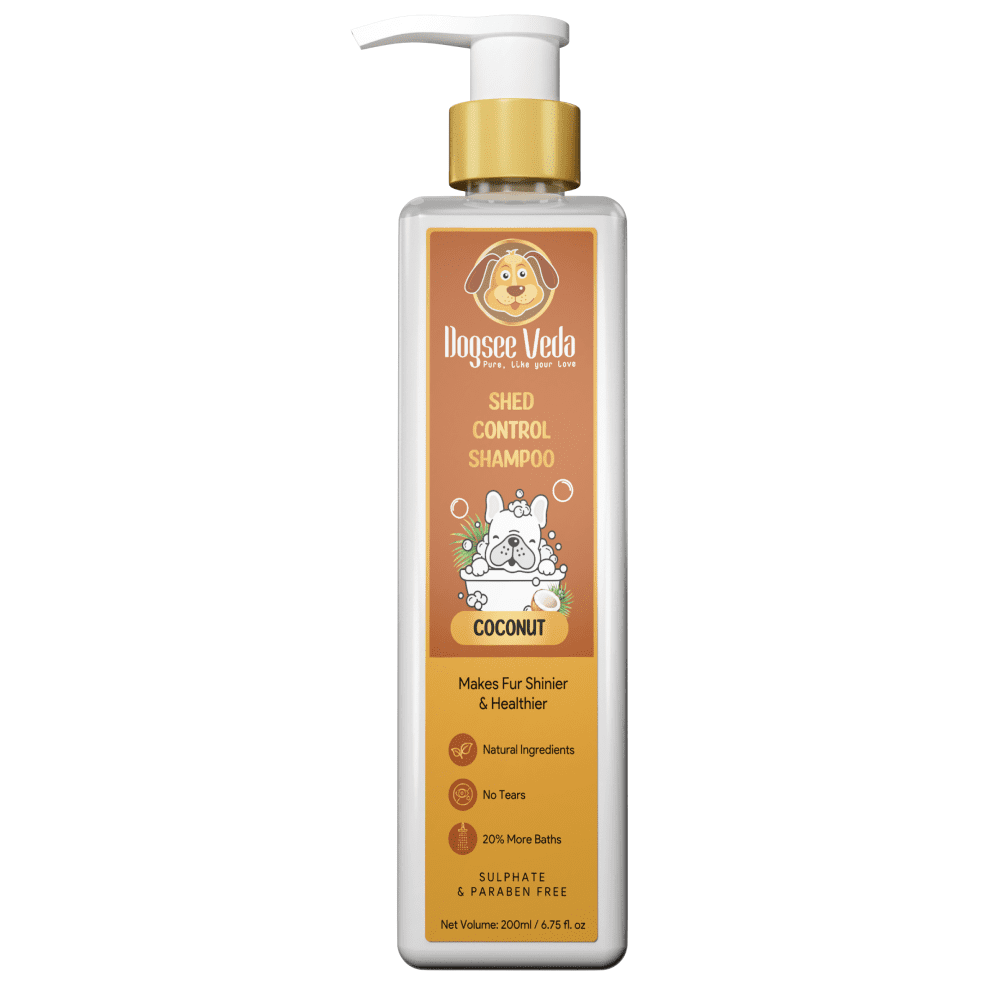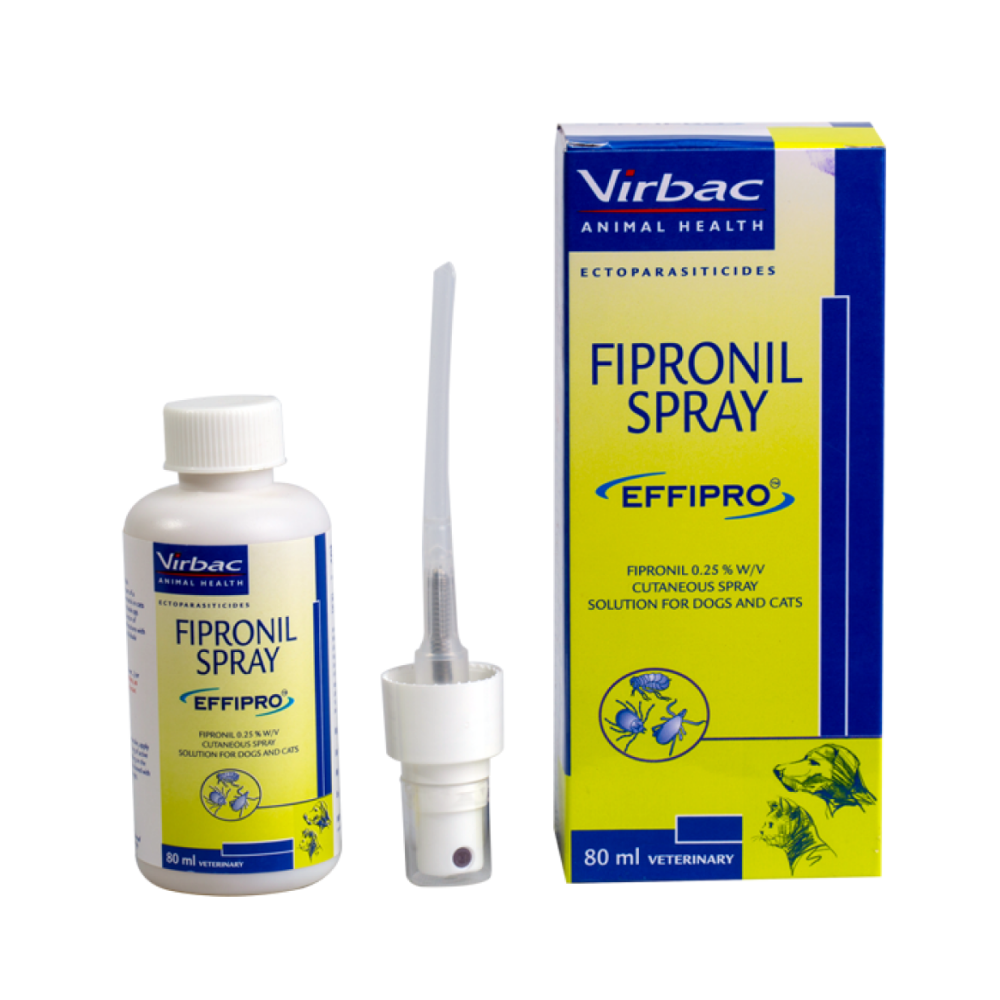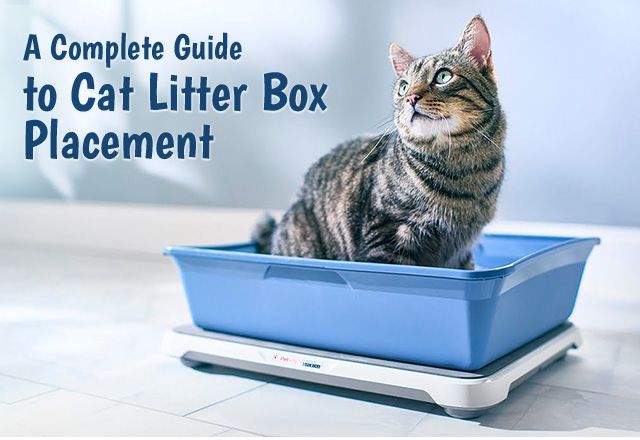
Cats are finicky when it comes to their toilet preferences. These self-groomers like to inhabit clean surroundings and choose to use clean and safe places to answer nature’s call. Being creatures of habit, cats love to have a dedicated and private place to do their business and can develop behavioural issues if they are not satisfied and happy with their litter box placement.
In this article, we will list a few important factors to consider for providing the best option to your beloved furry family member for defecating, thus keeping them stress-free and ensuring their health and happiness.
Where to place the cat litter box
Each cat is different, and so are their preferences. Considering this, there are no universal rules for the ideal placement of your furball’s litter box. However, taking into account some common concerns helps in a better placement of your feline’s litter box.
- Ensure privacy: Just like humans, cats also appreciate privacy while answering nature’s call. Choose the place that observes less traffic and gives your furry friend a place of their own. At the same time, make sure that the place is not completely secluded so that it does not get ignored from routine cleaning.
- Avoid noisy and hot surroundings: Refrain from placing the litter box near noisy or heat-emitting equipment like the washing machine or the heater. Loud noises can make your fur baby anxious and heat can elevate the litter box smell resulting in them avoiding using the litter box altogether.
- Provide safety: Though domesticated, cats have the instinct to protect themselves from predators and stay alert while eliminating. While placing your furry companion’s litter box, make sure that it is kept in a place that allows them to see their surroundings while doing their business and can rest assured of probable ‘escape’ routes in case of emergency.
- Keep away from food & water bowls: Would you like to eat around the place that you use for defecating? No, right? Similarly, cats also dislike the placement of their litter boxes near their food and water bowls. It is equally a wrong choice of place from a hygiene perspective. Make sure that your catto’s litter box is placed far away from their food and water bowls to encourage them to use it.
- Do not neglect accessibility: However compact your house is, place your fur baby’s litter box in the area that is convenient for them to access. If the litter box is placed in a store room, a spare bathroom that remains closed majorly, dark basements, or similar places, your feline may find it hard to access and may start avoiding its usage.
Factors to consider for providing the best option to cats for eliminating
Following are some of the aspects that you should keep in mind while providing the best option to your fur friend for defecating:
Number of litter boxes
Cats are territorial and do not like to share their litter boxes. If you are a parent of multiple cats, it is ideal to have a separate litter box for each cat plus one additional litter box to be on the safer side. Meaning if you have 3 cats at home, you should have at least 4 litter boxes to provide them enough room for doing their business. Having separate cat litter boxes also helps in providing more convenience to cats as none will have to wait for their turn when the other is using the litter box.
Size and shape of cat litter box
The size of the litter box needs to be comfortable and appropriate as per your cat’s size. If the litter box is too large, it may intimidate your feline. If it is too small instead, your catto may feel restricted. Maintaining a fine balance in terms of litter box size is essential to ensure their comfort. Similarly, paying attention to the shape of the litter box is also crucial. Observe your cat’s behaviour to get the litter box that will suit them the best. If you have a curious kitty, go for an open litter box that gives them a good view of their surroundings. If you have a shy cat, go for a closed or covered litter box.
Age and health of cats
When you are deciding where to keep a litter box, it is important to consider your furry family member’s age and health condition too. For a new-to-the-world kitten who is still in the learning stage, placing the litter box in the areas that are not way too secluded is advisable so that you can guide them when required. For a senior cat that is less mobile compared to their younger counterparts, place the litter box where it is easily accessible to them. Similarly, for cats that have urinary problems, place the litter box as close as possible to them to avoid toilet accidents.
Keep it clean
Cats like clean places. To encourage them to use litter boxes, one of the primary requirements is to keep litter boxes and their surroundings clean. Make it a practice to scoop the waste daily and clean the litter box once every week. Use litter box deodorisers to avoid the unpleasant smell and maintain the overall hygiene of your furry companion’s litter box.
To conclude
Cats are very particular about their choices for litter box usage. If they do not get a proper place to do their business, they will avoid using the litter box and can also develop behavioural issues. It is, therefore, required to provide a clean, safe, and convenient place of their own to them for defecating. Consider all the important aspects and select the best litter box and an ideal place to keep it to ensure the health and happiness of your catto.
Cat Vaccinations Explained: The Purr-fect Guide to Keeping Your Feline Healthy

If you have just added a cute kitten to your family or adopted a rescued cat and need guidance for their vaccination, this article is for y...
Pawsandpaws | Apr 16, 2025How to Train Your Dog to 'Speak' on Command

Dog parents tend to speak to their dogs to communicate with them. But do you know that you can teach them to answer back? Training your dog...
Pawsandpaws | Apr 02, 2025

